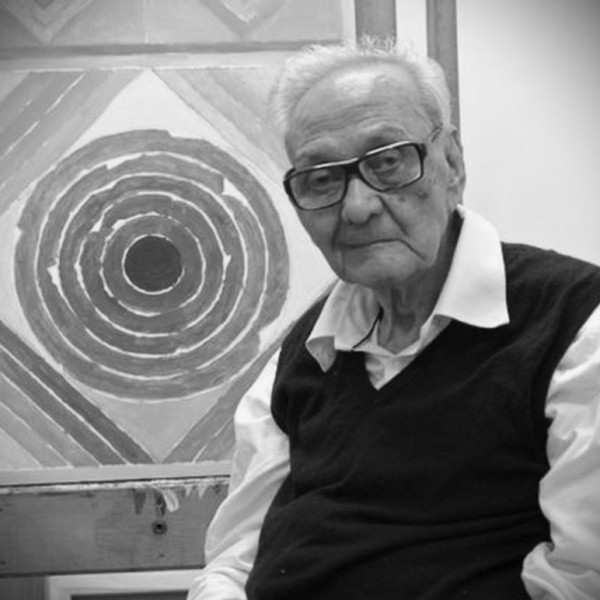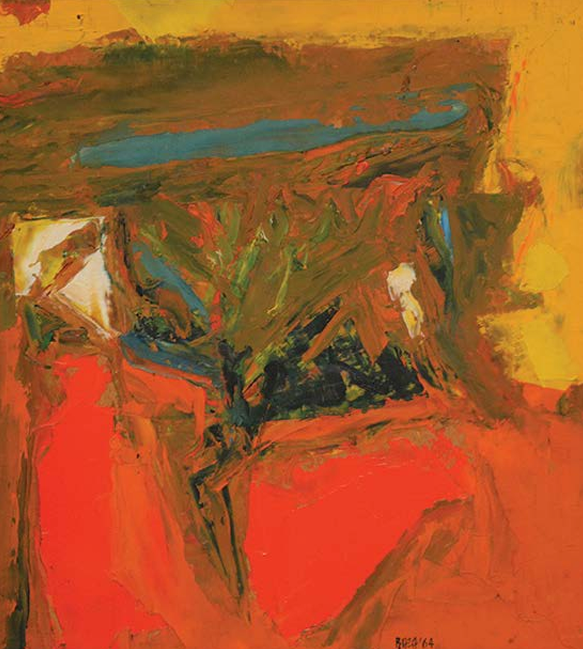Sayed Haider Raza
ABOUT
"Bindu is the center of my life and my work, a source of energy and life. Life begins here, attains infinity here."
Painter | India
Born in 1922
Died in 2016

Sayed Haider Raza was a pioneering master of Indian Modernism whose artistic journey culminated in the profound exploration of Indian philosophical concepts through geometric abstraction. Though he lived and worked in France for over sixty years, his heart remained rooted in India, a connection he powerfully reasserted in his art from the late 1970s onward. Raza’s early work was expressionistic landscape painting, but a deep quest for a more authentic, rooted visual language led him to simplify and concentrate his forms. This search resulted in the Bindu (dot)—a motif that became his signature and the center of his artistic universe. Philosophically, the Bindu represents the source of all energy and creation, a point of concentrated consciousness from which the cosmos unfolds. Raza saw it as a tool for meditation and concentration, drawing inspiration from a childhood experience where his school teacher asked him to focus on a black dot to calm his restless mind. His canvases, composed with meticulous precision, use vibrant, saturated colors (red, black, yellow, blue) within strict geometric structures like the square, triangle, and circle. These shapes symbolize the Panchamahabhutas (five elements) and concepts like Purusha-Prakriti (masculine and feminine cosmic principles). Raza's work successfully merged Western Modernist aesthetics with Tantric and Vedic wisdom, creating a universally accessible yet deeply Indian form of spiritual abstraction.
